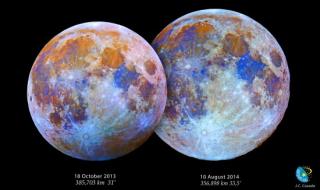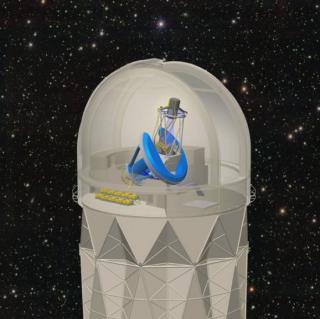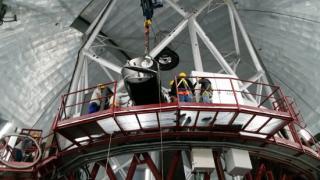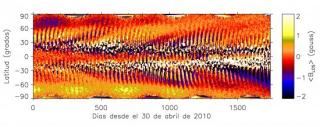
El eclipse total de Luna, que tuvo lugar la madrugada de hoy, 28 de septiembre, entre las 3:11 y las 4:23 hora local en Canarias (una hora más en la Península Ibérica), fue observado por varios grupos del Instituto de Astrofísica de Canarias (IAC) desde diferentes localizaciones de las Islas. Un equipo de astrónomos del proyecto europeo GLORIA, liderado por el investigador del IAC Miquel Serra-Ricart, retransmitió en directo, a través de la web ( sky-live.tv) y en colaboración con TVE, el espectáculo astronómico desde tres islas del Archipiélago Canario: Tenerife, Fuerteventura y La Palma
Advertised on




